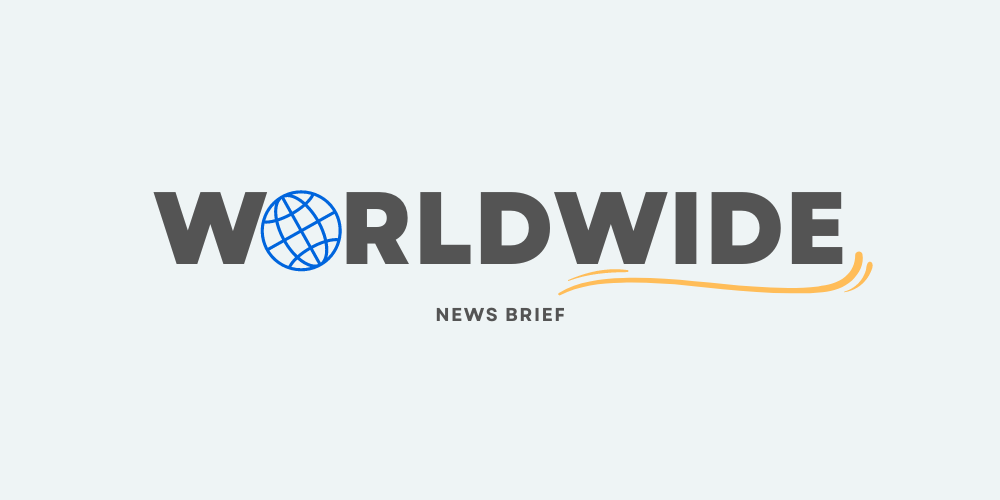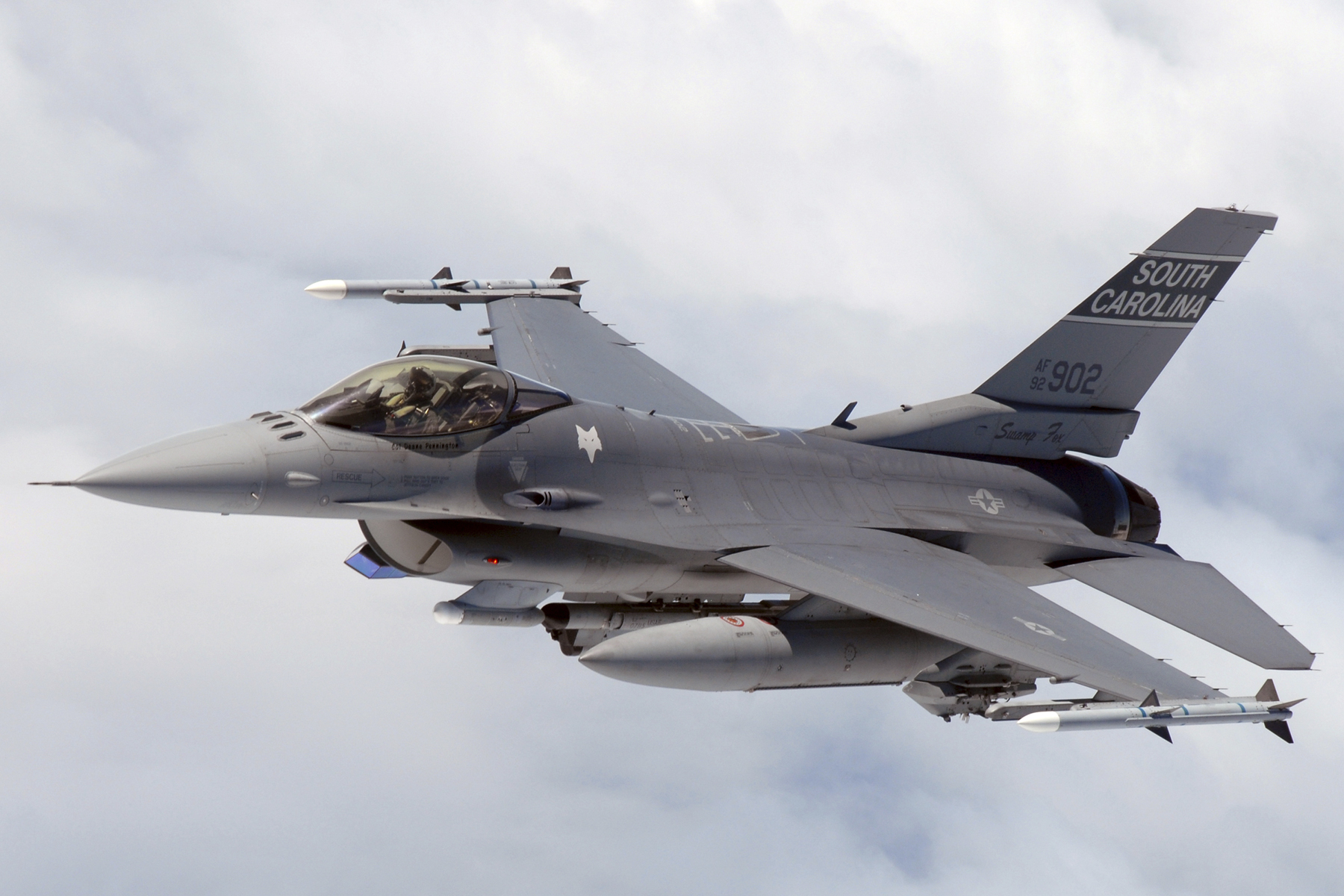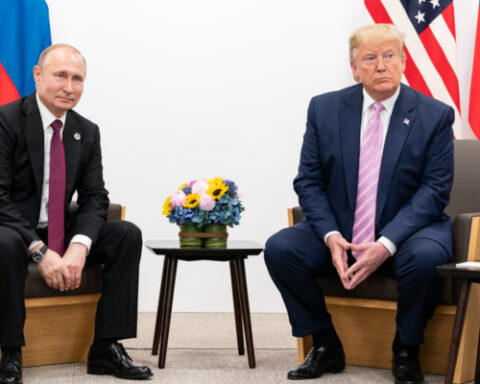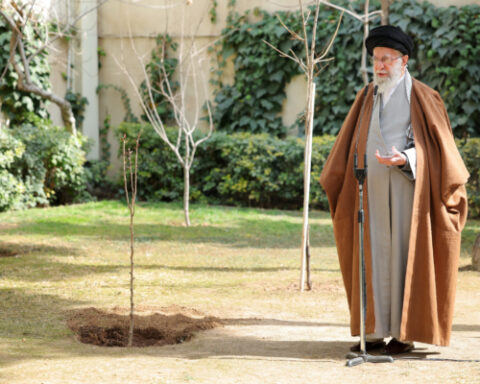NATO has formally withdrawn from the Conventional Armed Forces in Europe Treaty. This is a reaction to wider Russian aggression, especially the War in Ukraine.
The treaty limited the total number of tanks, artillery pieces, and other non-nuclear weapons. NATO will be free to strengthen its own forces even more. Yahoo News reports:
NATO announced on Nov. 7 that it would suspend the Treaty on Conventional Armed Forces in Europe (CFE) after Russia confirmed its official withdrawal from the agreement.
“While recognizing the role of the CFE as a cornerstone of the Euro-Atlantic security architecture, a situation whereby Allied States Parties abide by the Treaty, while Russia does not, would be unsustainable,” NATO’s press service wrote.
Russia’s calculus is that because it is behind the West in conventional power, it stands to gain nothing from the treaty. Al Jazeera reports:
The move comes less than a week after President Vladimir Putin revoked his country’s ratification of the Comprehensive Nuclear Test Ban Treaty (CTBT), which outlaws all nuclear weapon tests, and test-launched an intercontinental ballistic missile capable of carrying nuclear warheads from one of its submarines.
Signed in 1990, just a year after the fall of the Berlin Wall, the CFE set constraints on conventional arms and equipment. Its purpose was to stop Cold War rivals from building up forces that could be used in a swift assault. The pact was unpopular at the time in Moscow, which had the upper hand in conventional weaponry.
While NATO maintains a clear superiority in conventional weapons, it is behind in raw industrial capacity. The Russian economy has been gearing up for wartime production, while Western countries are net losers in ammunition balances.






